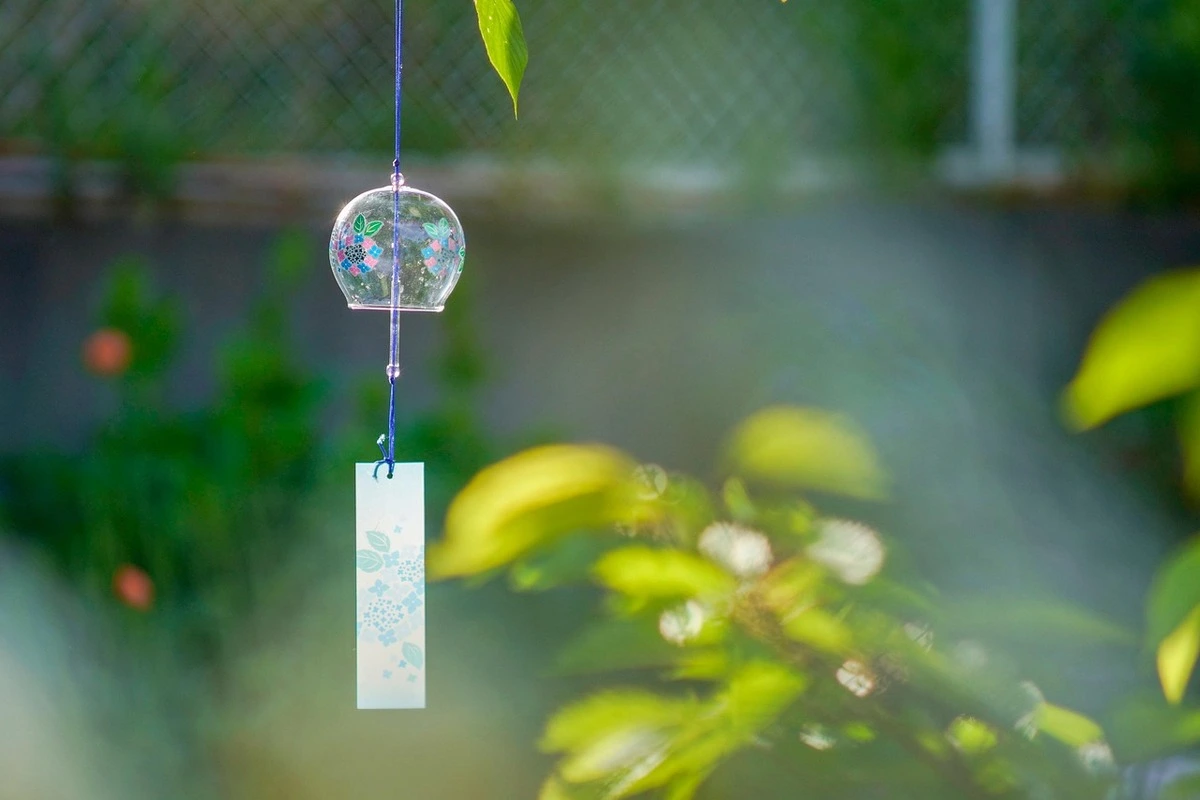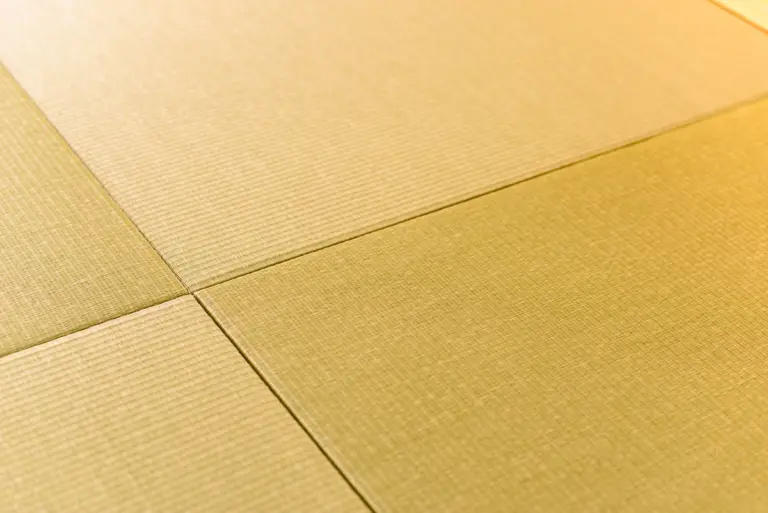The Complete Guide to Japanese Futon Care: Practical Tips for Every Home
How to Care for a Japanese Futon: Practical, Modern, and Mindful
A futon is more than a mattress—it’s a living fabric that breathes with the air around it. In Japan, caring for bedding isn’t only about hygiene but also comfort, air circulation, and longevity.
Yet the way you care for it depends on your environment. Whether you live in a small apartment with no balcony or a house with a sunny garden, there’s always a way to keep your futon fresh. This guide explains how to adapt Japanese futon care to real-life situations—from urban living to seasonal storage.
Why Proper Futon Care Matters

Futon care may seem simple, but consistency makes all the difference. When properly maintained, a futon stays soft, clean, and supportive for years. In Japan, regular airing is part of daily life—a rhythm that connects the body, the home, and the air.
- Extend lifespan: Routine care prevents flattening and keeps fibers springy.
- Improve hygiene: Sunlight and ventilation reduce sweat, mites, and odor.
- Enhance comfort: Dry cotton retains warmth in winter and breathes in summer.
Cleaning Essentials for Different Lifestyles
The ideal futon care routine depends on where and how you live. Below are practical routines tailored for common living environments:
1. Urban Apartments & Small Spaces

If you don’t have a garden, use what’s available—balconies, large windows, or indoor racks. Airing is most effective on sunny, dry days; humid or rainy days can increase moisture retention.
- Air the futon by an open window once or twice a week on clear, dry days.
- Use a futon dryer or dehumidifier during humid months (30–60 minutes per session as needed).
- Wash removable covers weekly; vacuum the futon surface lightly each month.
- Avoid harsh beating—modern fabrics can tear easily.
2. Homes with Gardens or Spacious Balconies

Take advantage of natural sunlight whenever possible. For thicker futons (over 6 cm), longer drying times improve freshness.
- Sun-dry both sides for 1–3 hours depending on thickness.
- Tap gently to release dust and revive the filling.
- Bring it indoors before sunset to avoid damp evening air.
- During winter, cold sunshine still helps maintain freshness.
3. Humid or Rainy Regions

Moisture is the greatest enemy of futons. Proper airflow and controlled heating are key to preventing mold.
- Use a futon dryer weekly or as needed, about 30–60 minutes per session during the rainy season (tsuyu).
- Combine dehumidifiers and moisture-absorbing sheets in the room or closet.
- Avoid drying directly on concrete balconies, which radiate ground moisture and heat, preventing proper drying.
- Store a silica-gel pack or bamboo charcoal bag near your futon.
4. Families with Children or Pets

Focus on hygiene and surface care for daily cleanliness.
- Wash covers frequently (1–2 times per week).
- For spills, blot immediately with a dry towel, then air the futon thoroughly.
- Choose machine-washable futons or protective liners if available.
- Avoid chemical cleaners; mild soap and airflow work best.
Storing Smart: Depending on Your Space
Proper storage extends the life of your futon by protecting it from humidity, dust, and odor. The right method depends on how much space you have.
1. Homes with Closets or Oshiire
- Dry the futon completely before storing.
- Use a breathable cotton or linen storage bag—not plastic.
- Add dehumidifier packs or natural moisture absorbers.
- Open the closet once a month to ventilate.
2. Small Apartments or Studio Rooms
- Fold the futon in thirds (sanbutsuzumi) and stand it upright near a wall to ensure airflow.
- Avoid keeping it on the floor all day—trapped humidity can cause mold.
- Use a futon rack or drying mat to improve ventilation.
- If possible, rotate between two futons to allow full drying time.
3. Hot or Lofted Storage Areas
- Avoid high-temperature storage; heat damages cotton and wool fibers.
- ⚠️ Store only after complete drying; never pack even slightly damp bedding.
- Use moisture-control sheets at the bottom of storage bins.
When to Refresh or Replace Your Futon
Even with perfect care, futons lose their resilience over time. Japanese households often refresh their futons by refilling them instead of replacing.
- Shikibuton (mattress): Replace every 3–5 years, or refill if available.
- Kakebuton (comforter): Replace every 5–10 years depending on care.
- Signs it’s time: Persistent odor, visible flattening, or uneven texture.
- Refill services: Some Japanese futon makers clean and refill the cotton to restore loft—an eco-friendly alternative.
Note: Some modern futons use polyester filling, which dries faster and requires less frequent airing than traditional cotton types.
Seasonal Routine Checklist
| Season | Routine |
|---|---|
| Spring | Air futons outdoors to remove winter dust. |
| Rainy Season (Tsuyu) | Use dryers or dehumidifiers weekly (30–60 min each session). |
| Summer | Switch to lightweight futons or breathable pads. |
| Autumn | Deep-sun dry on cool, dry days. |
| Winter | Indoor airing near sunlight is sufficient. |
Tip: Direct UV exposure can slightly yellow white futon covers; drying with a thin sheet over them is a common practice in Japan.
Everyday Maintenance Tips
- Shake gently after humid nights or once a week to release moisture.
- Use a clean, breathable cover at all times.
- Alternate head and foot positions weekly to even out pressure.
- Never store a damp futon; always dry before folding.
- Keep the surrounding floor clean—dust affects fibers over time.
- Futon dryers are now available outside Japan—brands like Panasonic and Iris Ohyama offer models for North American outlets.
The Quiet Satisfaction of Routine
Futon care doesn’t require much time—only rhythm. A few minutes of shaking, airing, or folding can prevent years of wear. Even in a small apartment, sunlight through a window or the hum of a futon dryer can bring the same quiet renewal once found in traditional homes.
A futon that’s cared for regularly rewards you every night—with warmth, softness, and the calm of a bed that breathes.




